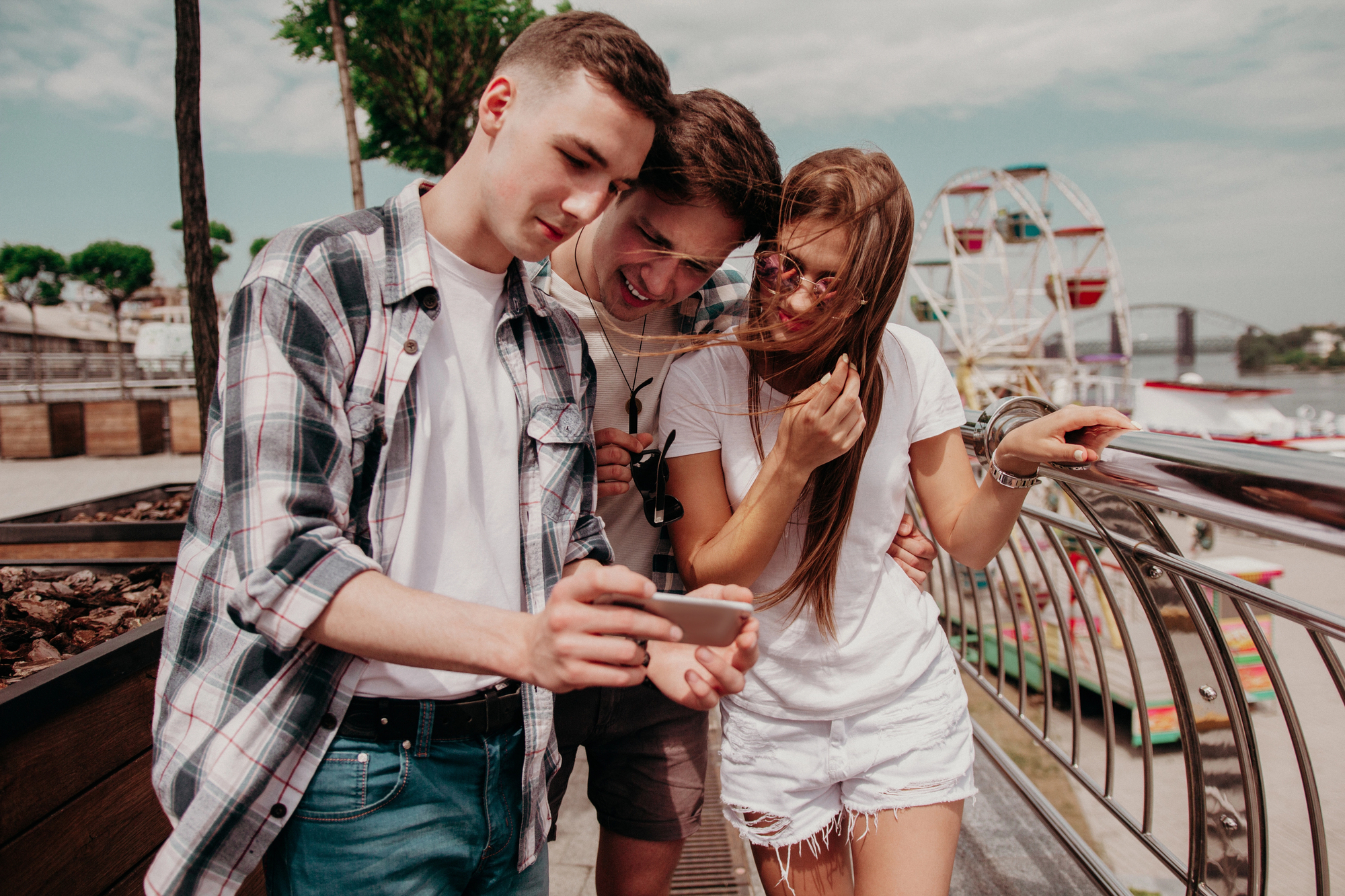
By Jay Bemis | Advertising Systems Inc.
Teenagers who surf Instagram will soon be exposed to the same sorts of restrictions that guided their movie-watching grandparents back when they were teens — namely, a PG-13 ratings standard.
Meta, the owner of Instagram, announced the new guidelines for the platform’s Teen Accounts Tuesday on “The Today Show,” as well as in a widely distributed press release.
“What we’re announcing today is that we’ve revamped all of our guidelines about what teens can and cannot see on Instagram in a way that is guided by the PG-13 rating that was pioneered by the movie industry,” Adam Mosseri, head of Instagram, told Today’s Craig Melvin.
The newly revamped Instagram Teen Accounts will continue many of the same privacy features now offered for teens — privatized accounts, blocked search terms for sensitive topics, restricted access to content and messaging abilities and a default setting with parental controls — but with a system inspired by the PG-13 movie-rating guidelines.
A PG-13 rating, as Grandma and Grandpa can tell you, means: “Parents are urged to be cautious. Some material may be inappropriate for pre-teenagers.” That’s the warning the Motion Picture Association has given movie watchers since it started the PG-13 ratings standards in 1984.
What Parents Can Control With the ‘New’ PG-13
During Tuesday’s “Today” segment, Melvin pointed out to Mosseri a video of NBA star LeBron James promoting Hennessy liquor, asking if kids between the ages of 13 and 17 would not be allowed to see such content under the new standards.
“That would be the case unless you actually asked your parent for permission to what’s called More Content, so to be able to see all the same content that … an adult could see,” Mosseri said.
He said the new Teen Accounts should be easy for parents to use.
“Parents don’t have to do anything” once the new Instagram ratings system rolls out, Mosseri said. “So the way it works is by default, every teen that has a teen account will be in the 13-plus rating, which means that the content they see on Instagram will largely align with a PG-13 movie.
“Now, like in a PG-13 movie, where you might actually occasionally hear a swear word, you will occasionally come across content that might be risky because we either missed it or because it was said by a friend. But, generally, there is a lot more restriction on what you can’t see.”
Parents will have the option to let their children see more or less, however.
“A teen is in the 13-plus setting by default, and a parent can open up their content to be able to see adult content, as well,” he said.
“Or, if they think it’s appropriate for their teen, they can limit what their teen can see to what’s called limited content, which is even more restrictive than 13-plus.”
What Both Parties Can Expect From the Changes
Here’s what both parents and teens can soon expect from Instagram and its new social media standards, according to the company:
- Teens will be unable to follow Instagram accounts that regularly share adult content or even those that contain bios or usernames that suggest inappropriate material. Teens who already follow these accounts will no longer be able to interact with them. Additionally, teens and “mature” accounts will have a harder time even finding each other on Instagram, through search or recommendation.
- Teens will not be exposed to content with strong language, risky behavior or material that shows, for example, drug accessories.
- Teens whose parents don’t want them viewing PG-13 content will face an even stricter option called “Limited Content,” which disables comments on content shown to teens.
- Teens are now blocked from viewing a longer list of search results, such as “gore” and “alcohol,” even if they’re misspelled.
- Teens will have a PG-13 experience interacting with Instagram’s AI feature.
The PG-13 content default will first go into effect in the US, UK, Australia and Canada, with full rollout to those countries expected by the end of 2025. Meta plans a global expansion in 2026 to include all regions and address situations where teens register as adults. Similar age-based protections will be introduced to Meta’s Facebook platform in the coming months, too.
“These updates reflect our ongoing commitment to helping teens have safer experiences online,” Meta said in its press release.
“By using a familiar rulebook for moderating teen accounts — where anything deemed inappropriate for a PG-13 film is restricted on Instagram — Meta aims to bridge the gap between parental expectations and the realities of digital engagement.”
